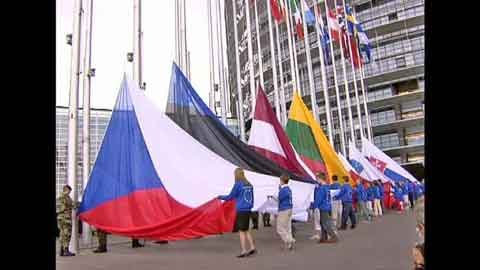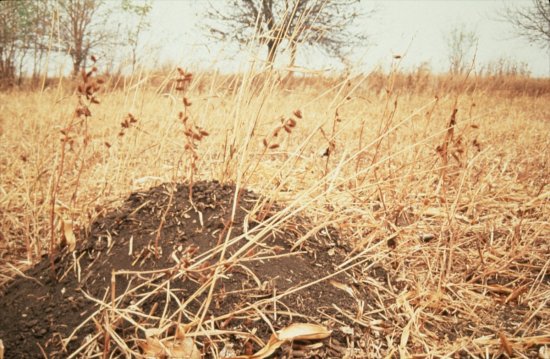Series
Europe, A love/hate relationship
In the prospect of the European election on 25 May 2014, this series of four films revisits some issues about Europe.

- "European Citizenship": the first film is a depiction of the European citizenship that emerged in 1992 with the Maastricht Treaty. It grants a unique new political status to citizens: that of being a citizen both of another nation and of one's own.
- "E pluribus unum?": in a situation of rights harmonisation between nations with extremely different cultures and practises, questions arise, such as: what do we have in common? Is there a European identity?
- "From past to present...": the European project as it was related to preserving Peace, is based on an economic agreement with the idea of building Europe gradually as a more political entity. However, there is a real feeling of disempowerment among citizens when faced with the economic policies chosen by the heads of state and government.
- "What power for the citizen?" : the final and fourth film in the series addresses the sovereignty of each state and the difficulties encountered in working together. The functioning of the various governing bodies of Europe (Councils, Parliament and committees) is briefly described.
- "E pluribus unum?": in a situation of rights harmonisation between nations with extremely different cultures and practises, questions arise, such as: what do we have in common? Is there a European identity?
- "From past to present...": the European project as it was related to preserving Peace, is based on an economic agreement with the idea of building Europe gradually as a more political entity. However, there is a real feeling of disempowerment among citizens when faced with the economic policies chosen by the heads of state and government.
- "What power for the citizen?" : the final and fourth film in the series addresses the sovereignty of each state and the difficulties encountered in working together. The functioning of the various governing bodies of Europe (Councils, Parliament and committees) is briefly described.
CNRS Images,
Our work is guided by the way scientists question the world around them and we translate their research into images to help people to understand the world better and to awaken their curiosity and wonderment.






















